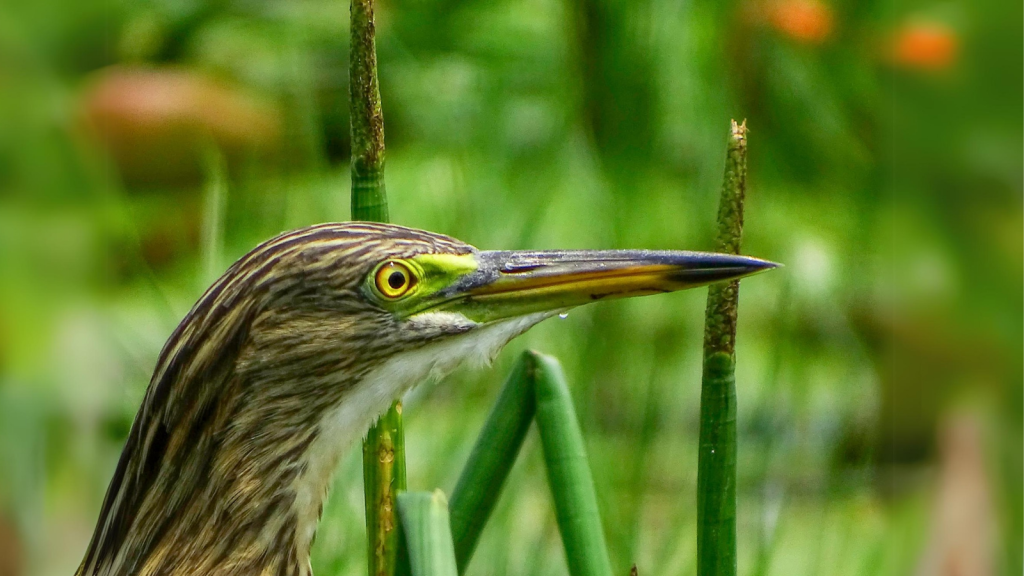The Ganges, India’s holiest river, flows through one of the world’s most densely populated regions. Despite its spiritual significance, the river faces severe pollution from industrial waste, sewage, and religious practices. Yet, amidst these challenging conditions, life finds a way to persist. From microscopic organisms to large mammals, the Ganges supports a surprising array of wildlife. These resilient creatures have adapted to survive in an environment that many would consider hostile. Join us as we explore 15 remarkable animals that continue to call the Ganges home, demonstrating nature’s incredible ability to endure. I’m genuinely shocked that anything can survive for long in that astonishingly, unconscionably polluted waterway.
Ganges River Dolphin
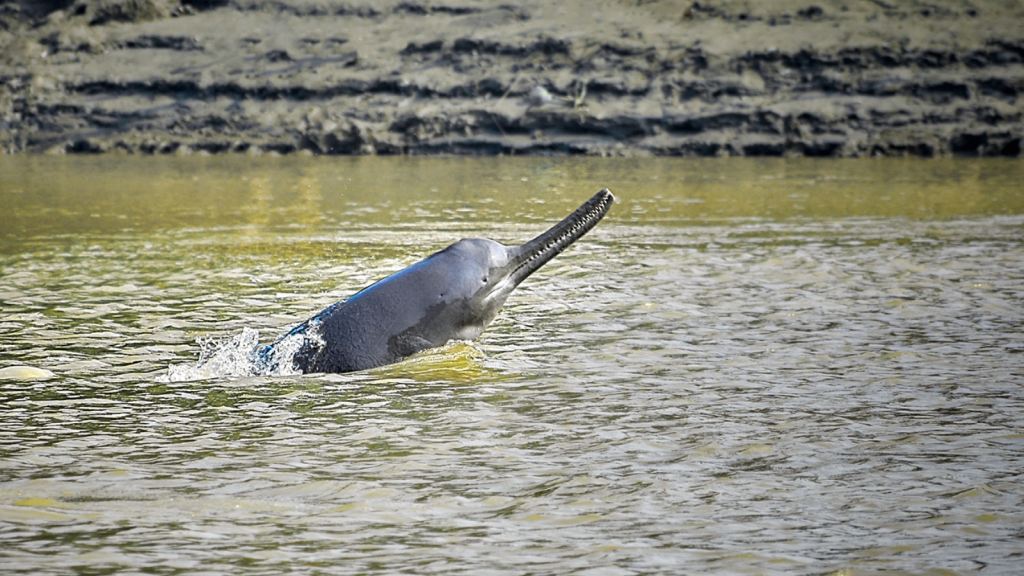
The Ganges river dolphin, also known as the susu, is one of the few freshwater dolphin species in the world. These unique creatures are nearly blind, using echolocation to navigate the murky waters of the Ganges. Despite the pollution, a small population of these dolphins continues to survive in the river, though they remain critically endangered. Recent conservation efforts, including the establishment of protected areas and stricter pollution controls, aim to help these remarkable mammals recover.
Indian Softshell Turtle

These large freshwater turtles have adapted to life in the Ganges over millions of years. Their soft, leathery shells and long snouts help them burrow into the muddy river bottom. Indian softshell turtles play a crucial role in the river ecosystem by scavenging on dead animals and plants, helping to keep the water clean. Their ability to absorb oxygen through their skin allows them to remain submerged for extended periods, even in polluted waters with low oxygen levels.
Gharial
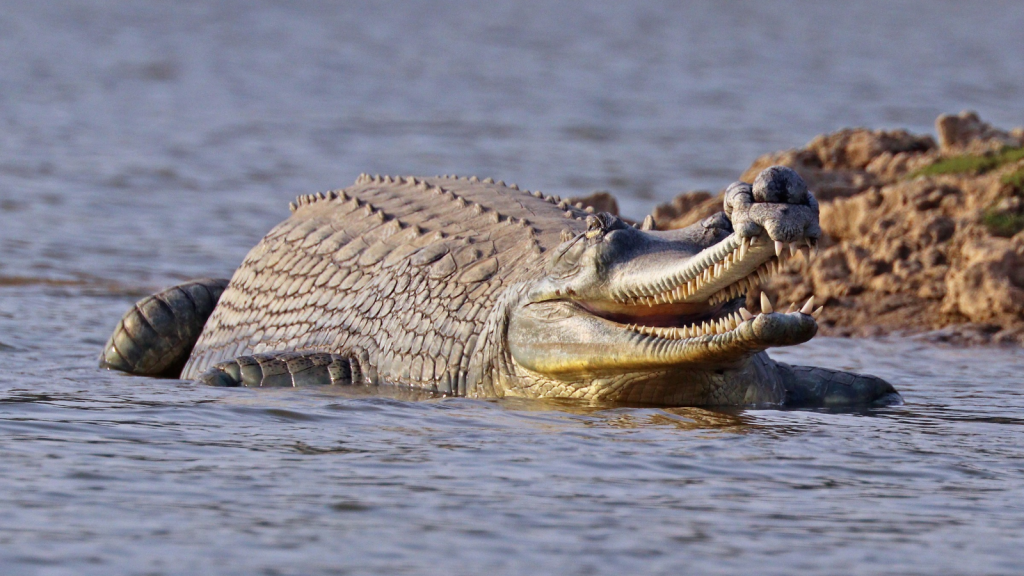
The gharial is a critically endangered crocodilian species native to the Indian subcontinent. With its long, narrow snout filled with needle-like teeth, it’s perfectly adapted for catching fish in the Ganges. Despite the river’s pollution, a small population of gharials still manages to survive in certain stretches of the Ganges and its tributaries. Captive breeding programmes and reintroduction efforts are underway to boost gharial numbers in the wild.
Golden Mahseer
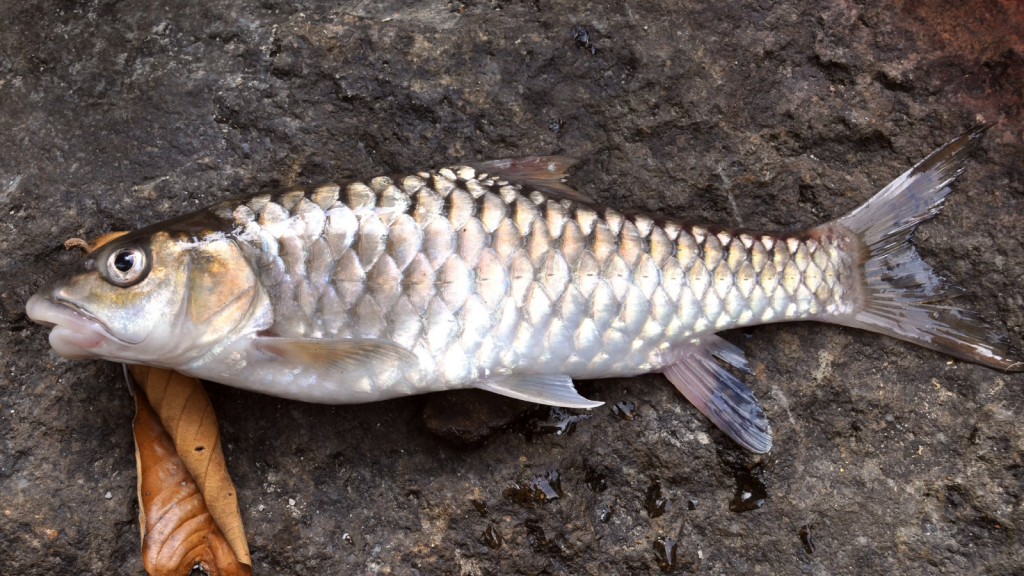
Often called the ‘tiger of the river’, the golden mahseer is a large carp species prized by anglers. These powerful fish can grow up to 2 metres in length and are known for their striking golden scales. While pollution has impacted their numbers, golden mahseer still inhabit the cleaner upper reaches of the Ganges. Their migratory nature makes them particularly vulnerable to dams and other river modifications, prompting calls for better river management practices.
Indian Flapshell Turtle
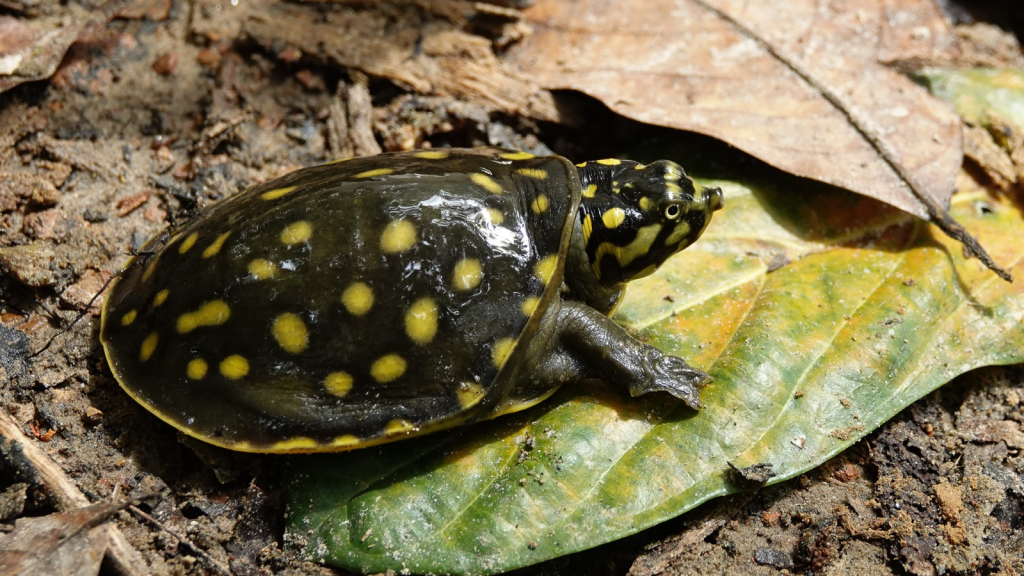
This small turtle species is commonly found in the Ganges and its surrounding wetlands. Its name comes from the flap-like skin covering its shell openings when it retracts its limbs. Indian flapshell turtles are omnivorous and have shown remarkable resilience to pollution, often seen basking on rocks or floating debris in the river. Their ability to aestivate (enter a state of dormancy) during dry periods helps them survive in variable conditions.
Gangetic Leaffish
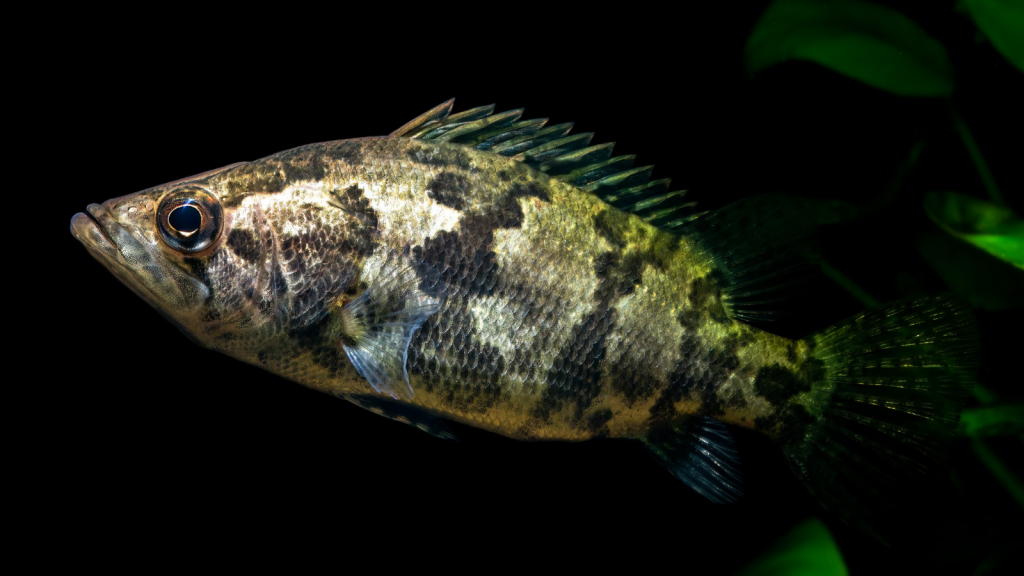
The Gangetic leaffish is a master of camouflage, perfectly mimicking a dead leaf floating in the water. These small fish use their excellent disguise to ambush prey and avoid predators. Despite the challenges posed by pollution, Gangetic leaffish continue to inhabit the slower-moving sections of the Ganges. Their unique body shape and coloration make them a fascinating subject for biologists studying evolutionary adaptations.
Indian Skimmer
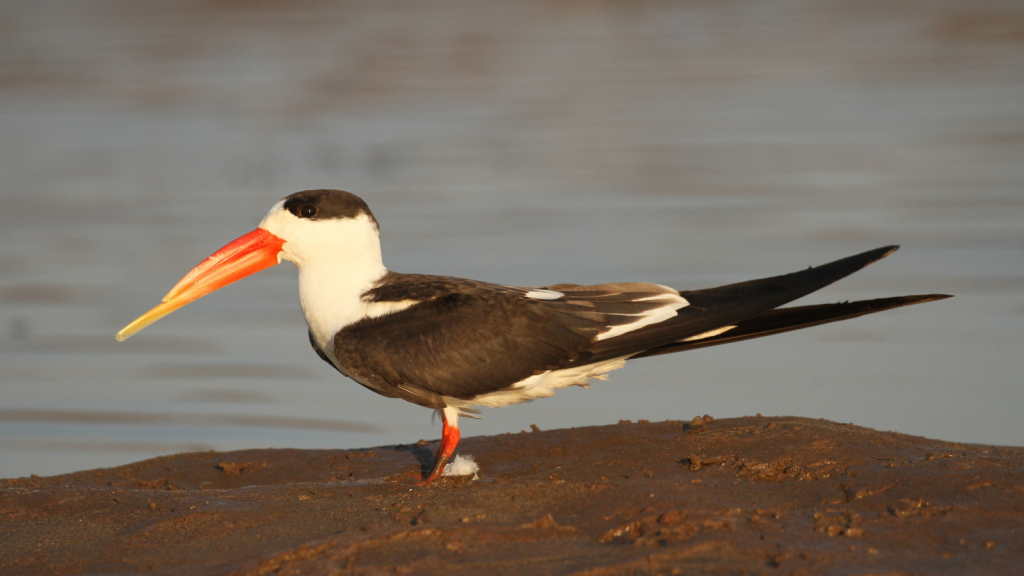
Also known as the Indian scissors-bill, this striking black and white bird is often seen skimming the surface of the Ganges with its lower mandible dipped in the water. Indian skimmers feed on small fish and crustaceans found near the water’s surface. While pollution has reduced their numbers, these birds still breed on sandbanks along the river. Conservation efforts focus on protecting their nesting sites from disturbance and flooding.
Smooth-Coated Otter
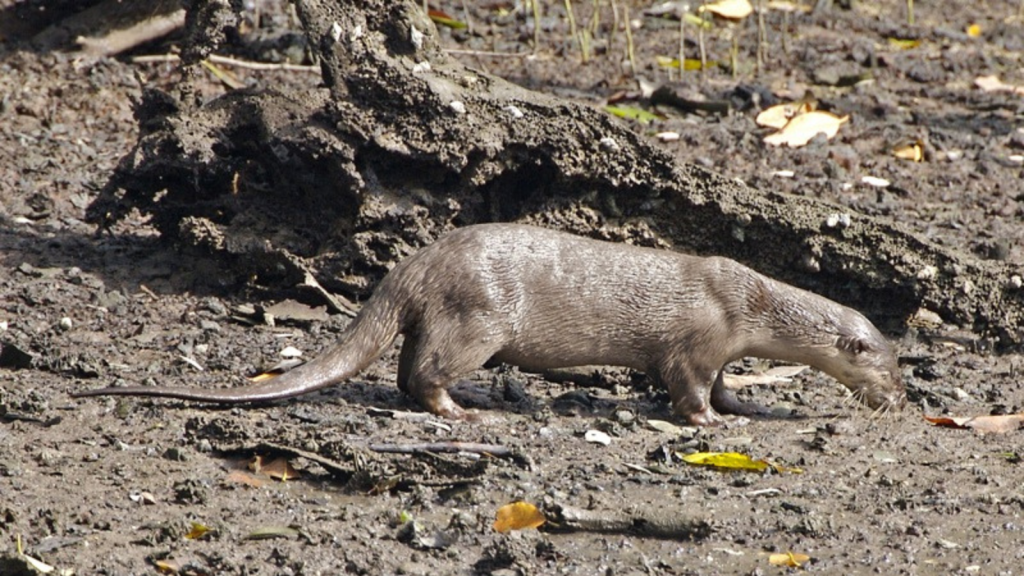
These playful mammals are occasionally spotted along the banks of the Ganges. Smooth-coated otters are excellent swimmers and feed on fish, crabs, and molluscs found in the river. Despite the pollution, small family groups of these otters persist in less disturbed stretches of the Ganges and its tributaries. Their presence is often considered an indicator of relatively healthy river ecosystems.
Indian Roofed Turtle
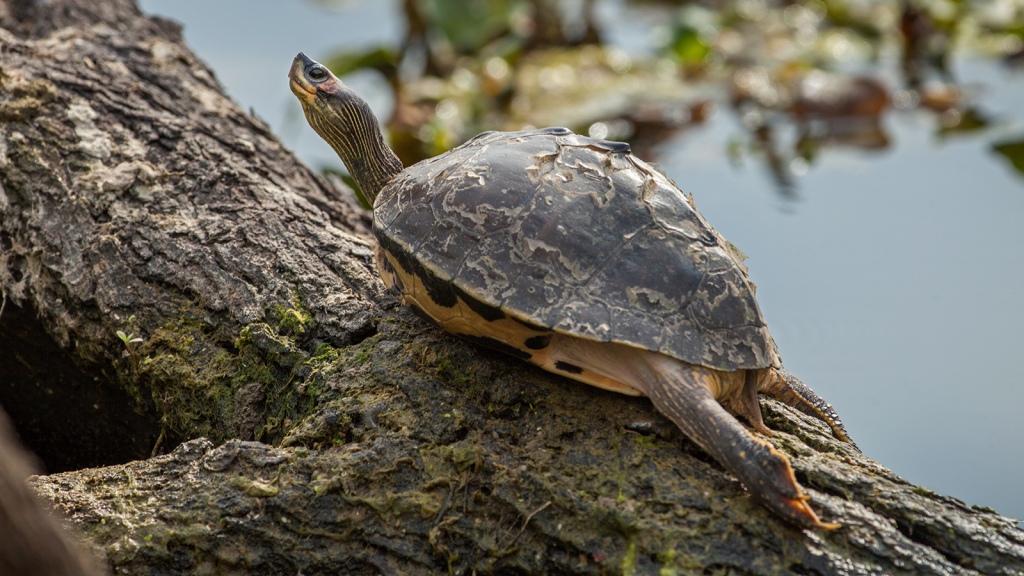
Named for the tent-like shape of its shell, the Indian roofed turtle is a common sight in the Ganges. These turtles are often seen basking on logs or rocks protruding from the water. Their omnivorous diet and adaptability have helped them survive despite the river’s pollution. The Indian roofed turtle’s ability to nest on elevated banks helps protect their eggs from flooding, a crucial adaptation in the dynamic Ganges ecosystem.
Wallago Catfish
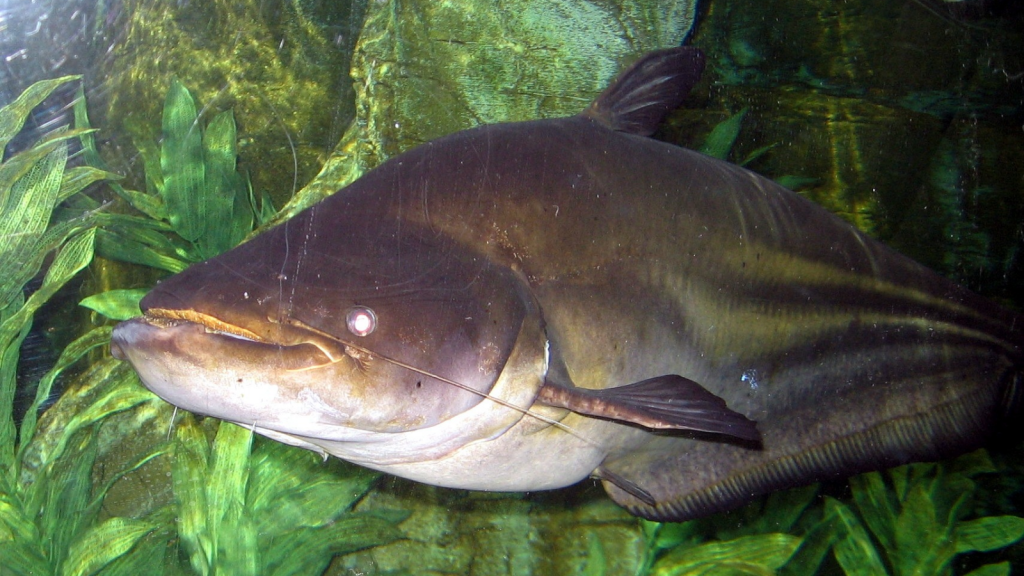
This large predatory catfish is known for its voracious appetite and can grow up to 2 metres in length. Wallago catfish are nocturnal hunters, using their sensitive barbels to locate prey in the murky waters of the Ganges. Their ability to tolerate low oxygen levels has helped them survive in polluted stretches of the river. However, overfishing threatens wallago populations, prompting calls for sustainable fishing practices.
Ganges Shark

One of the rarest sharks in the world, the Ganges shark is a true river shark that can survive in freshwater. Very little is known about this elusive species, which is critically endangered. Despite the pollution, there have been occasional sightings of Ganges sharks in the lower reaches of the river. Recent genetic studies have helped distinguish the Ganges shark from similar-looking species, aiding conservation efforts.
Indian Pond Heron
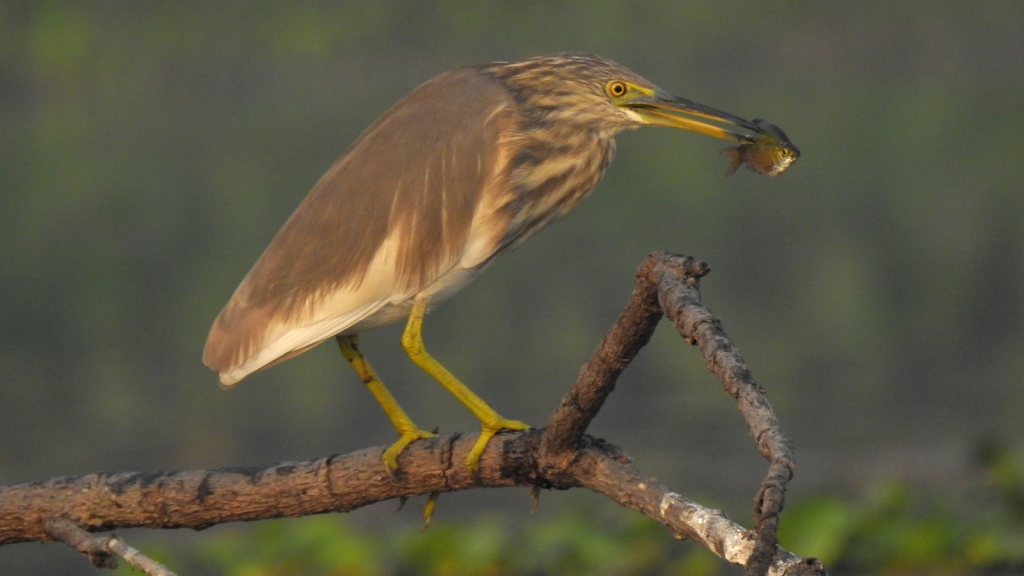
These small herons are a common sight along the banks of the Ganges. Indian pond herons are masters of patience, often seen standing motionless at the water’s edge waiting for fish or frogs to come within striking distance. Their adaptability to various wetland habitats has helped them persist despite the river’s pollution. During breeding season, these normally solitary birds form large, noisy colonies in trees near water bodies.
Ganga Ram Beetle
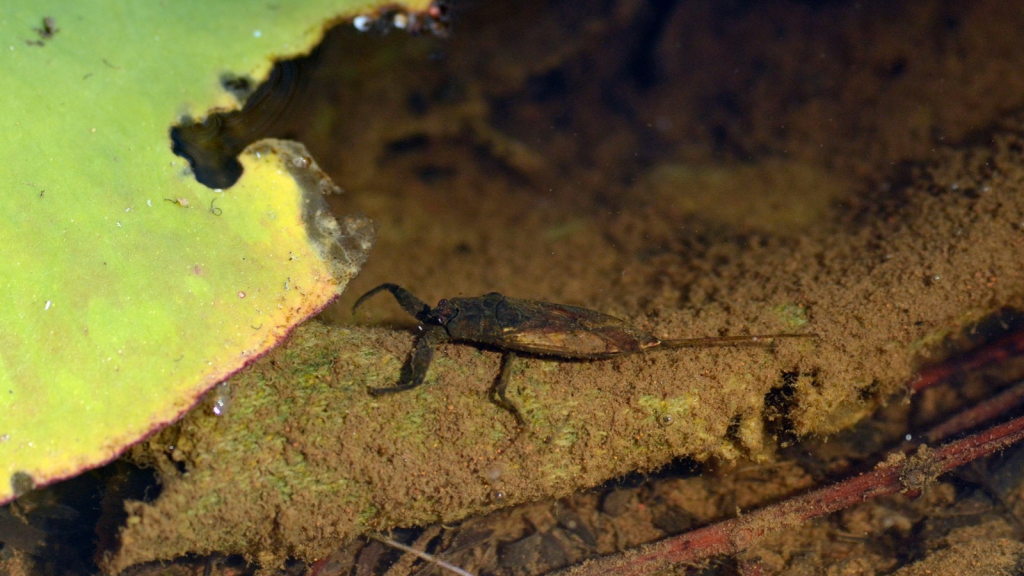
Named after the river, this small water beetle is remarkably resilient to pollution. Ganga Ram beetles play an important role in the river ecosystem by feeding on algae and detritus. Their presence in certain areas of the Ganges is often used as an indicator of water quality. These beetles have specialised hairs on their bodies that trap air bubbles, allowing them to breathe underwater for extended periods.
Gangetic Whiting

This small, silvery fish is an important food source for larger predators in the Ganges. Gangetic whiting are known for their ability to tolerate a wide range of salinity levels, allowing them to inhabit both the freshwater stretches of the river and its estuarine areas. Despite the pollution, these hardy fish continue to thrive in many parts of the Ganges. Their abundance makes them economically important for local fisheries, highlighting the need for sustainable river management.
Gangetic Mud Eel
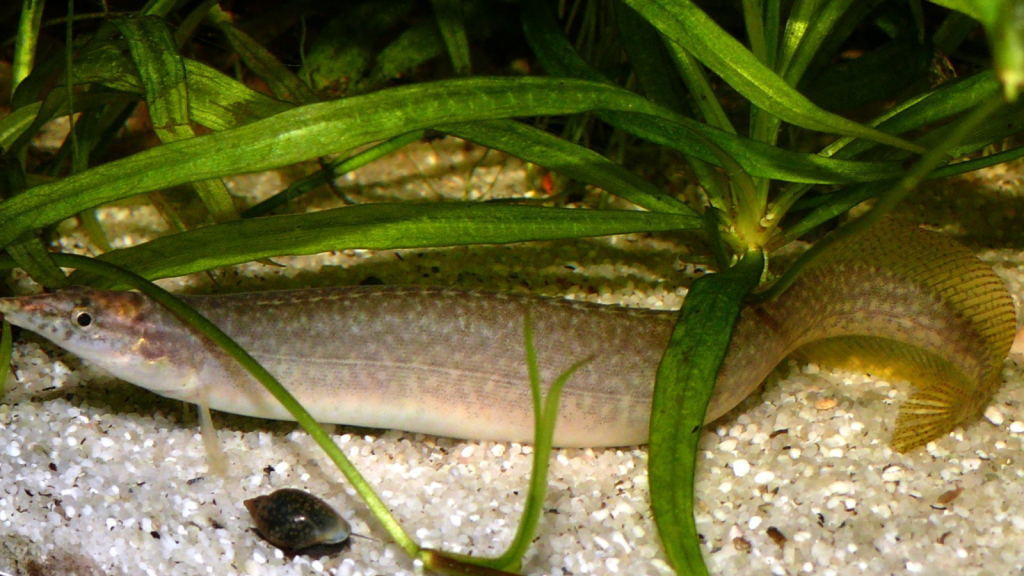
The Gangetic mud eel, also known as the Indian spiny eel, is a fascinating creature that inhabits the muddy bottoms of the Ganges. Despite its name, it’s not a true eel but a fish that can grow up to a metre long. These nocturnal animals have long, snake-like bodies and pointed snouts perfect for burrowing into river sediment. Gangetic mud eels can breathe air, allowing them to survive in oxygen-poor waters often found in polluted areas of the Ganges. Their ability to aestivate in mud during dry periods helps them endure challenging environmental conditions.

